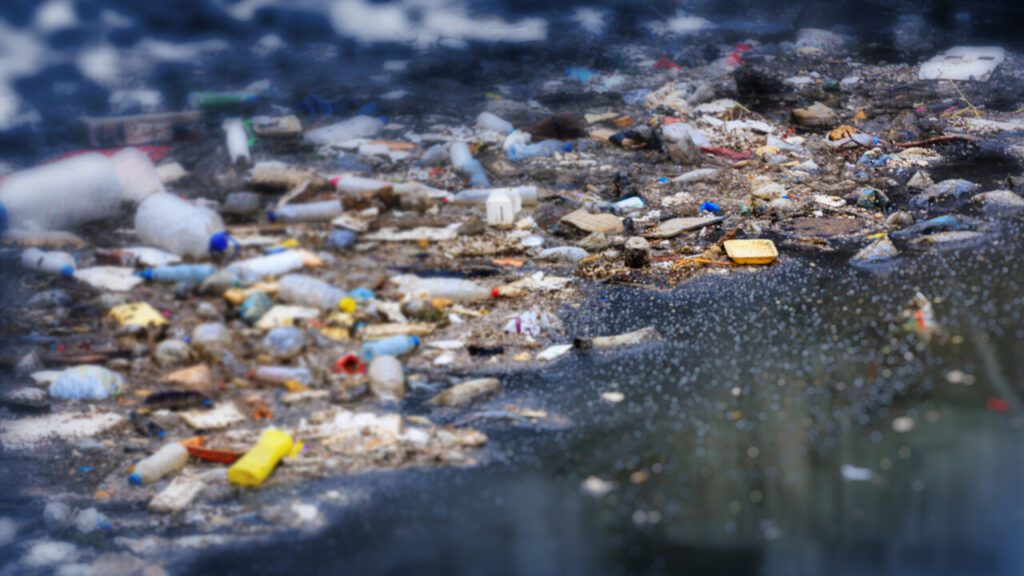Tackling Toxic Exposure
Exposure to harmful substances, whether in the air, water, food, or soil, can significantly impact our health. These toxins can be chemical, biological, or physical and are found in various environments, including workplaces, homes, and the general environment. Contact with these substances can occur through breathing, eating, or skin contact, leading to health issues ranging from mild irritation to serious conditions like cancer, respiratory diseases, and neurological disorders. These health problems can develop gradually or appear suddenly.
At Beasley Allen, we have a proven track record of helping those impacted by toxic exposure. We understand the profound effects on your health and finances. From small communities to entire regions, we are dedicated to seeking justice for those affected. Our attorneys are committed to protecting individuals, communities, local governments, and even states from the dangers of toxic chemicals and environmental pollution caused by negligence or intentional wrongdoing.
Environmental Exposure
Harmful chemicals and toxins from industries can sometimes pollute our soil, air, or water. This can also happen during and after environmental disasters. The effects of these exposures aren’t the same for everyone. They can depend on factors like age, genetics, existing health conditions, and socioeconomic status. Highlighted below are a couple of environmental exposure cases we have handled.
- BP Oil Spill (2010): The Deepwater Horizon oil rig, operated by Transocean and leased by BP, suffered a catastrophic explosion and fire on April 20, 2010, near Louisiana. Despite efforts to control the blaze, the rig sank two days later, causing a vast diesel and crude oil leak in the Gulf of Mexico. This incident marked the worst oil spill in U.S. history.
- Coal Ash Spill (2008): The Tennessee Valley Authority’s (TVA) Kingston Fossil Plant experienced a significant coal ash containment failure on December 22, 2008. The breach released toxic waste over 300 acres and into water systems, leading to the most extensive industrial disaster in the U.S. The aftermath saw extensive health and environmental impacts, with clean-up efforts costing over $1 billion and taking almost ten years. TVA compensated the victims with $27.8 million for the damages caused.
Occupational Exposure
Certain jobs can expose you to dangerous substances, which can enter your body through breathing, eating, drinking, or skin contact. Illness can happen right away or take years to show up. An example of occupational exposure is Paraquat, a widely used but highly toxic herbicide known commercially as Gramoxone. It’s so potent that even a single sip can be fatal, and there’s no antidote.
We continue to investigate lawsuits for those who have been exposed to Paraquat. The EPA has warned that skin contact, or inhalation could lead to Parkinson’s Disease years later, leading to numerous lawsuits against its manufacturers. The herbicide is not only linked to Parkinson’s Disease but is also banned in more than 60 countries due to its potential health hazards.
Water Contamination
Clean water is essential for our health, but unfortunately, water pollution is still a big problem in the U.S. Harmful substances can find their way into our water supply through different sources, posing risks to public health.
Here are some common types of water contamination cases we deal with:
- PFAS Water Contamination
- Groundwater Contamination
- Microplastic Contamination
Meet Our Toxic Exposure Attorneys
Related News
The Problem With PFAS: Contamination and Updates
Championing Your Right to a Safe Environment! Clean water is essential for our health, but unfortunately,…
PSA for PFAS Water Settlements, Next Steps For Opt-Outs
Significant progress has been made in the ongoing AFFF multi-district litigation (MDL No. 2873), overseen…
The Final Countdown for Camp Lejeune Claims
If you or a loved one have been affected by the toxic exposure at Camp…
Navigating The New PFAS Safety Standards In Drinking Water
On April 10, 2024, the Environmental Protection Agency (EPA) made a landmark announcement regarding the…
North Alabama Utilities Board Files Suit Over PFAS Contamination
The Municipal Utilities Board of Albertville (Albertville MUB) has initiated legal action against several prominent…
Shelby, Talladega Counties’ Suit Against 3M, Others to Proceed
Two Alabama counties are moving forward with a lawsuit against chemical companies, including 3M, for…
Gadsden PFAS Lawsuit Against Dupont, Others to Move Forward
The Water Works and Sewer Board of the City of Gadsden can proceed with its…
Centre Water Contamination Suit Against 3M Dupont to Proceed
The trial, set to take place, was previously stayed to do a proposed MDL settlement…
Camp Lejeune Update: Discovery in Track 1 Discovery Pool Plaintiffs has begun
On September 26, 2023, the Court issued Case Management Order No. 2 (CMO2) and its…
Understanding the Elective Option Settlement Program for Camp Lejeune Claimants
The Department of the Navy has released (and modified) a public guidance document explaining the…
Two Service Members’ Groups Endorse Our Camp Lejeune Work
We take our responsibility to represent veterans and their families very seriously. We are honored…
Mobile, Ala., Office Handles On-the-Job Chemical Exposure Case
Beasley Allen lawyers in our Mobile office, recently handled a case involving a paper mill…



















